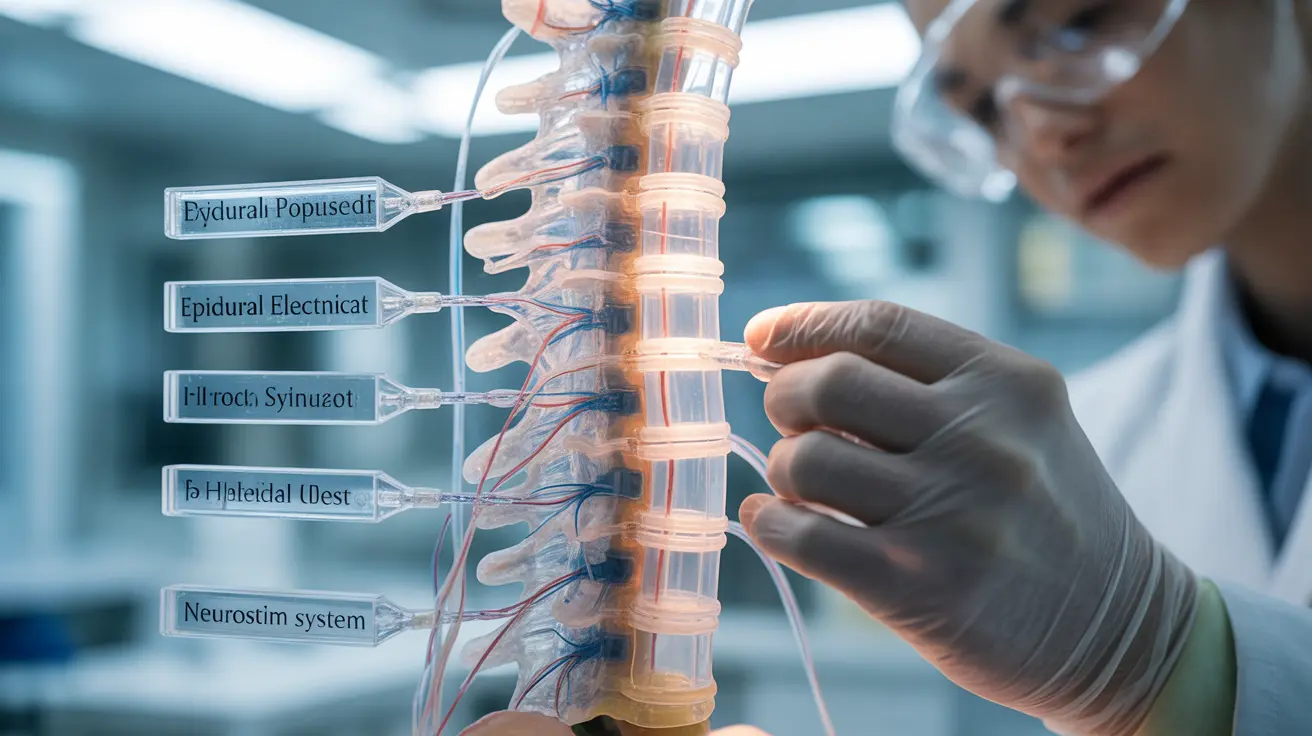Living with paralysis presents significant challenges for millions of people worldwide. As medical science advances, researchers and healthcare professionals continue to explore groundbreaking treatments and technologies that could potentially restore movement and function for those affected by paralysis. This article examines current treatment options and promising research developments in the field of paralysis recovery.
Understanding Paralysis and Current Treatment Limitations
Paralysis occurs when nerve signals between the brain and muscles are disrupted, typically due to spinal cord injury, stroke, or other neurological conditions. While complete recovery from paralysis remains challenging with current medical treatments, various therapeutic approaches can help improve function and quality of life.
Traditional Treatment Approaches
Physical and Occupational Therapy
Conventional rehabilitation methods focus on maintaining muscle strength, preventing complications, and maximizing remaining function. Physical therapy helps prevent muscle atrophy and joint stiffness, while occupational therapy assists patients in developing strategies for daily activities.
Medication and Surgery
Various medications can help manage complications and symptoms associated with paralysis. Surgical interventions may be used to stabilize the spine, relieve pressure on nerves, or address specific complications.
Promising Experimental Therapies
Epidural Electrical Stimulation
This innovative approach involves implanting electrodes along the spinal cord to stimulate nerve circuits. Research has shown that epidural stimulation can help some patients with spinal cord injuries regain voluntary movement and improve autonomic functions.
Stem Cell Therapy
Stem cell treatments represent a promising avenue for paralysis treatment. These cells have the potential to repair damaged nerve tissue and promote regeneration. While research is ongoing, early clinical trials have shown encouraging results in some patients.
Cutting-Edge Technology and Innovation
Neural Bypass Systems
Advanced brain-computer interfaces allow paralyzed individuals to control external devices using their thoughts. These systems bypass damaged nerve pathways, enabling some degree of functional restoration.
Robotic Assistance
Robotic exoskeletons and assistive devices are becoming increasingly sophisticated, helping people with paralysis stand, walk, and perform daily activities. These technologies continue to evolve, offering new possibilities for mobility and independence.
Frequently Asked Questions
- Can paralysis caused by spinal cord injury be completely cured with current medical treatments?
Currently, there is no complete cure for paralysis caused by spinal cord injury. However, various treatments can help improve function and quality of life. The extent of recovery depends on factors such as injury severity, location, and timing of treatment.
- What experimental therapies are showing promise to restore movement in people with paralysis?
Several experimental therapies show promise, including epidural electrical stimulation, stem cell treatments, and neural bypass technologies. These approaches have demonstrated positive results in clinical trials, though many are still in development stages.
- How does epidural electrical stimulation help improve function after paralysis?
Epidural electrical stimulation works by applying controlled electrical currents to specific areas of the spinal cord, helping to reactivate neural circuits that control movement. This can help patients regain some voluntary movement and improve other bodily functions.
- Are stem cell treatments safe and effective for repairing nerve damage in paralysis?
While stem cell treatments show promise, their safety and effectiveness are still being studied through clinical trials. Some patients have shown improvements, but results vary significantly, and more research is needed to establish standardized treatment protocols.
- What are the latest advances in technology, like neural bypass or robotics, that help people with paralysis regain movement?
Recent technological advances include sophisticated brain-computer interfaces, robotic exoskeletons, and neural prosthetics. These innovations help paralyzed individuals control external devices, achieve greater mobility, and perform daily activities with increased independence.
While a complete cure for paralysis remains elusive, ongoing research and technological developments continue to expand the possibilities for treatment and recovery. The combination of traditional rehabilitation methods with emerging therapies offers hope for improved outcomes in the future.




